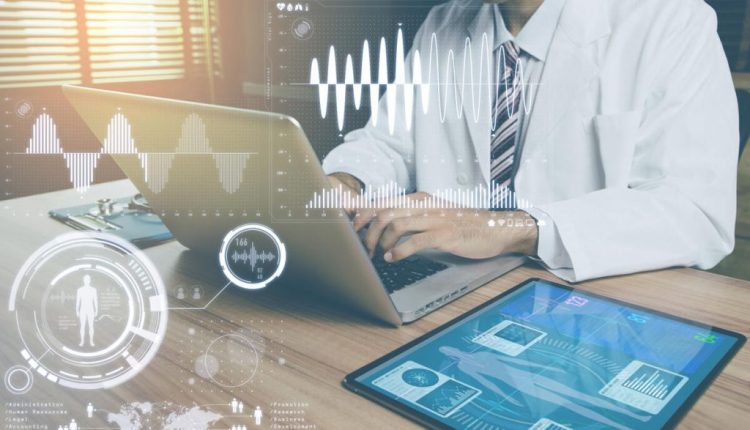How dataops improves data, analytics, and machine learning
Have you noticed that most organizations are trying to do a lot more with their data?
Businesses are investing heavily in data science programs, self-service business intelligence tools, artificial intelligence programs, and organizational efforts to promote data-driven decision making. Some are developing customer facing applications by embedding data visualizations into web and mobile products or collecting new forms of data from sensors (Internet of Things), wearables, and third-party APIs. Still others are harnessing intelligence from unstructured data sources such as documents, images, videos, and spoken language.
Much of the work around data and analytics is on delivering value from it. This includes dashboards, reports, and other data visualizations used in decision making; models that data scientists create to predict outcomes; or applications that incorporate data, analytics, and models.
What has sometimes been undervalued is all the underlying data operations work, or dataops, that it takes before the data is ready for people to analyze and format into applications to present to end users.
Dataops includes all the work to source, process, cleanse, store, and manage data. We’ve used complicated jargon to represent different capabilities such as data integration, data wrangling, ETL (extract, transform and load), data prep, data quality, master data management, data masking, and test data management.
But a car is more than the sum of its parts.


